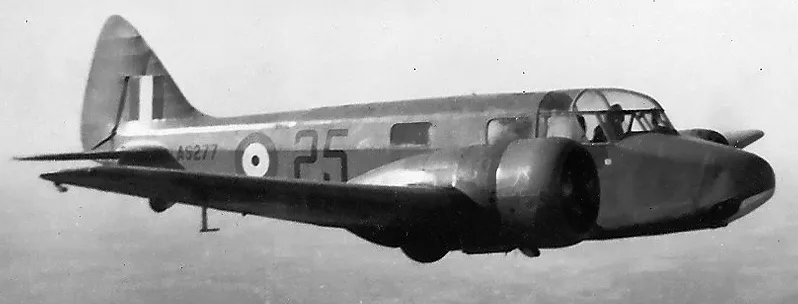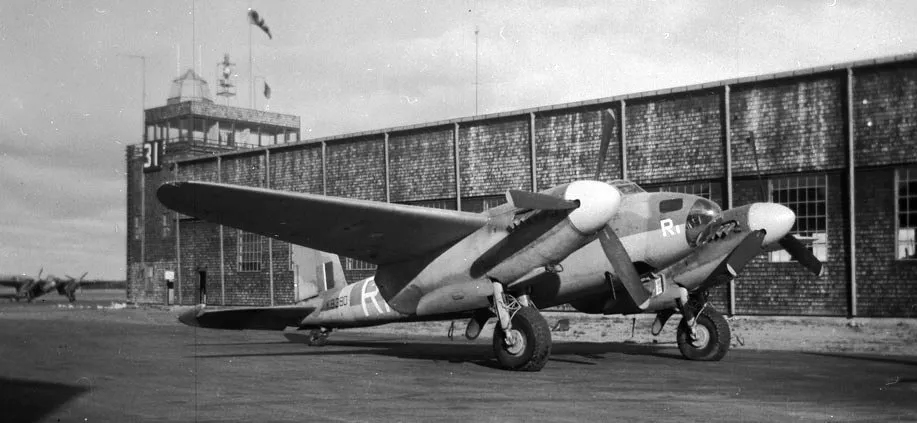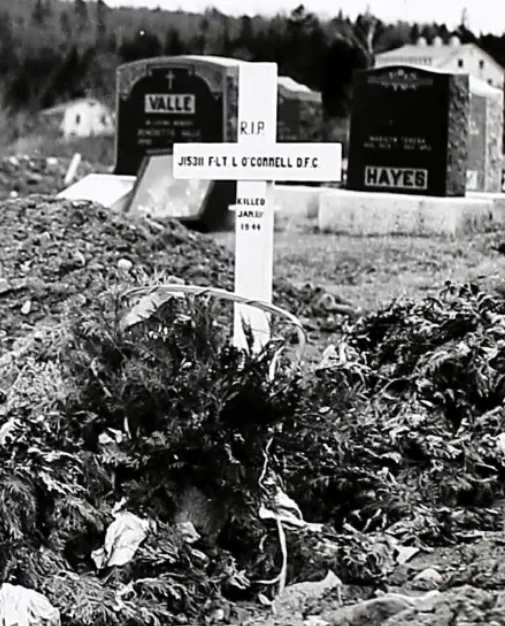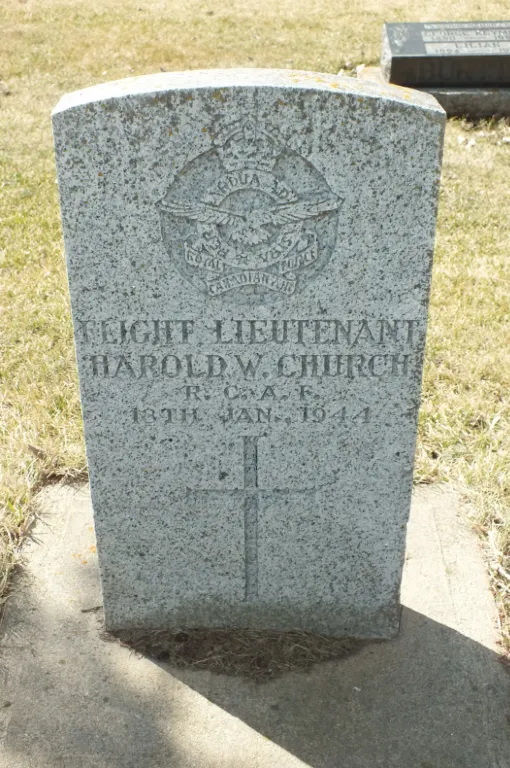O'Connell, Lawrence James (Flight Lieutenant)
Killed in Flying Accident 1944-January-18
Service
RCAF
Unit
36 OTU- Operational Training Unit (RAF)
Base
Greenwood, Nova Scotia, Canada
Rank
Flight Lieutenant
Position
Pilot
Service Numbers
J/15311
Home
Crew or Other Personnel
Oxford EB506
Accident Card - Airspeed Oxford Mk. V serial:EB506
This accident involved 1 aircraft on 1944-January-18. Oxford V s/n EB506.
This accident involved 4 people. Church HW, O'Connell LJ, Walls RJ, Walsh JD
This accident had 4 fatalities. Flying Officer Rex James Walls RNZAF Killed in Flying Accident service no:417133 Oxford EB506, Flying Officer John Dermot Walsh RNZAF Killed in Flying Accident service no:39116 Oxford EB506, Flight Lieutenant Lawrence James O'Connell RCAF Killed in Flying Accident service no:J/15311 Oxford EB506, Flight Lieutenant Harold William Church RCAF Killed in Flying Accident service no:J/5977 Oxford EB506
Oxford serial: EB506

Airspeed A.S. 10 Oxford Mk. II, RCAF (Serial No. AS277), 25, in flight over Saskatchewan, 1942.
The Airspeed AS.10 Oxford was a twin-engine monoplane aircraft developed and manufactured by Airspeed. It saw widespread use for training British Commonwealth aircrews in navigation, radio-operating, bombing and gunnery roles throughout the Second World War.
The Oxford was developed by Airspeed during the 1930s in response to a requirement for a capable trainer aircraft that conformed with Specification T.23/36, which had been issued by the British Air Ministry. Its basic design is derived from the company's earlier AS.6 Envoy, a commercial passenger aircraft. Performing its maiden flight on 19 June 1937, it was quickly put into production as part of a rapid expansion of the Royal Air Force (RAF) in anticipation of a large-scale conflict.
As a consequence of the outbreak of war, many thousands of Oxfords were ordered by Britain and its allies, including Australia, Canada, France, New Zealand, Poland, and the United States. Following the end of the conflict, the Oxford continued to achieve export sales for some time, equipping the newly formed air forces of Egypt, India, Israel, and Yugoslavia. It was considered to be a capable trainer aircraft throughout the conflict, as well as being used a general-purpose type. A large number of Oxfords have been preserved on static display. Wikipedia
Aircraft Images
Oxford EB506
Oxford Mk. V EB506
Taken on strength early in the war, for use with BCATP. Retained RAF serials.1943-03-26 Taken on Strength 2022-02-07
1944-January-18 Accident: 36 Operational Training Unit Loc: Kingston Nova Scotia Names: Church | O'Connell | Walls | Walsh
1944-04-03 Struck off Strength 2022-02-07
Unit Desciption
36 OTU (36 Operational Training Unit)
The Operational Training Unit (OTU) was the last stop for aircrew trainees. They spent 8 to 14 weeks learning to fly operational aircraft (Hawker Hurricane or Fairey Swordfish, e.g.). The instructors had experience in actual operations, and often were posted to OTUs after their operational tour.
More information on the Air Force Station at Greenwood, Nova Scotia can be found at:
RCAF.info - Greenwood, Nova Scotia
![]() Greenwod Military Aviation Museum Video History Of Greenwood
Greenwod Military Aviation Museum Video History Of Greenwood





